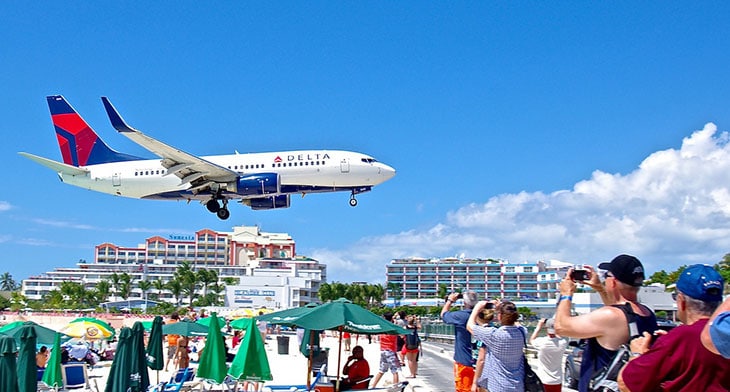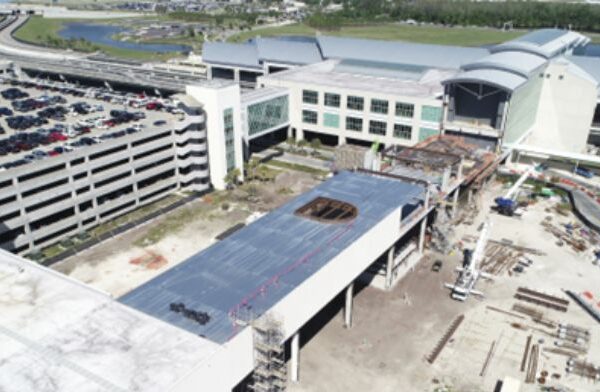The supervisory board and management of the Princess Juliana International Airport (PJIA) has reassured the travel industry, stakeholders and the public that the “speedy recovery and reconstruction” of the airport is on track.
In September, Hurricanes Irma and Maria tore through the Caribbean, and caused severe damage to the airport, which is based in St. Maarten, the Dutch part of one of the Leeward Islands and is considered a major gateway for air traffic serving neighbouring islands in the region.
According to initial estimates revealed by Michel Hyman, COO and acting CEO, the airport suffered damages of up to US$100 million as a result of the destruction caused primarily by the two hurricanes.
All four jet bridges were severely damaged, and there was extensive roof and water damage to the interior of the airport. Most of the perimeter fencing had been destroyed and the air traffic control suffered severe water damage, while the fire station was totally destroyed.
Looking ahead
Despite the damage caused by the hurricanes, the airport team was able to restore basic operations on 10 October, and have since been using temporary structures to accommodate passengers travelling to and from St. Maarten.
Based on customer and traveller input, PJIA is working on improving the service and comfort of the temporary facilities, as the work to restore the terminal building and related facilities gets underway.
The airport will also see new, more efficient and passenger friendly tents set up. PJIA expects the departure and arrivals process to be improved with two modern tent pavilions. Container offices have also been installed, to accommodate airline partners and in the coming days the data connections will be completed.
Meanwhile, clean-up and damage assessment work continues. Water removal activities are ongoing in preparation for the demolition works on the interior of the terminal building, due to start this week. During the demolition, an assessment will be carried out to determine if further mould remediation is necessary.
The roof structure was found to be severely compromised and it was determined that temporary fixes were not cost effective or technically feasible. A redesign of the roof structure is necessary, in efforts to sustain wind loads in excess of 185 mph. The roof must also be waterproofed which will begin in January and is expected to take 18 weeks from start to finish.
It indicated that an improvement to the roof structure could be the placement of solar panels which would allow the PJIA to become more energy efficient.






